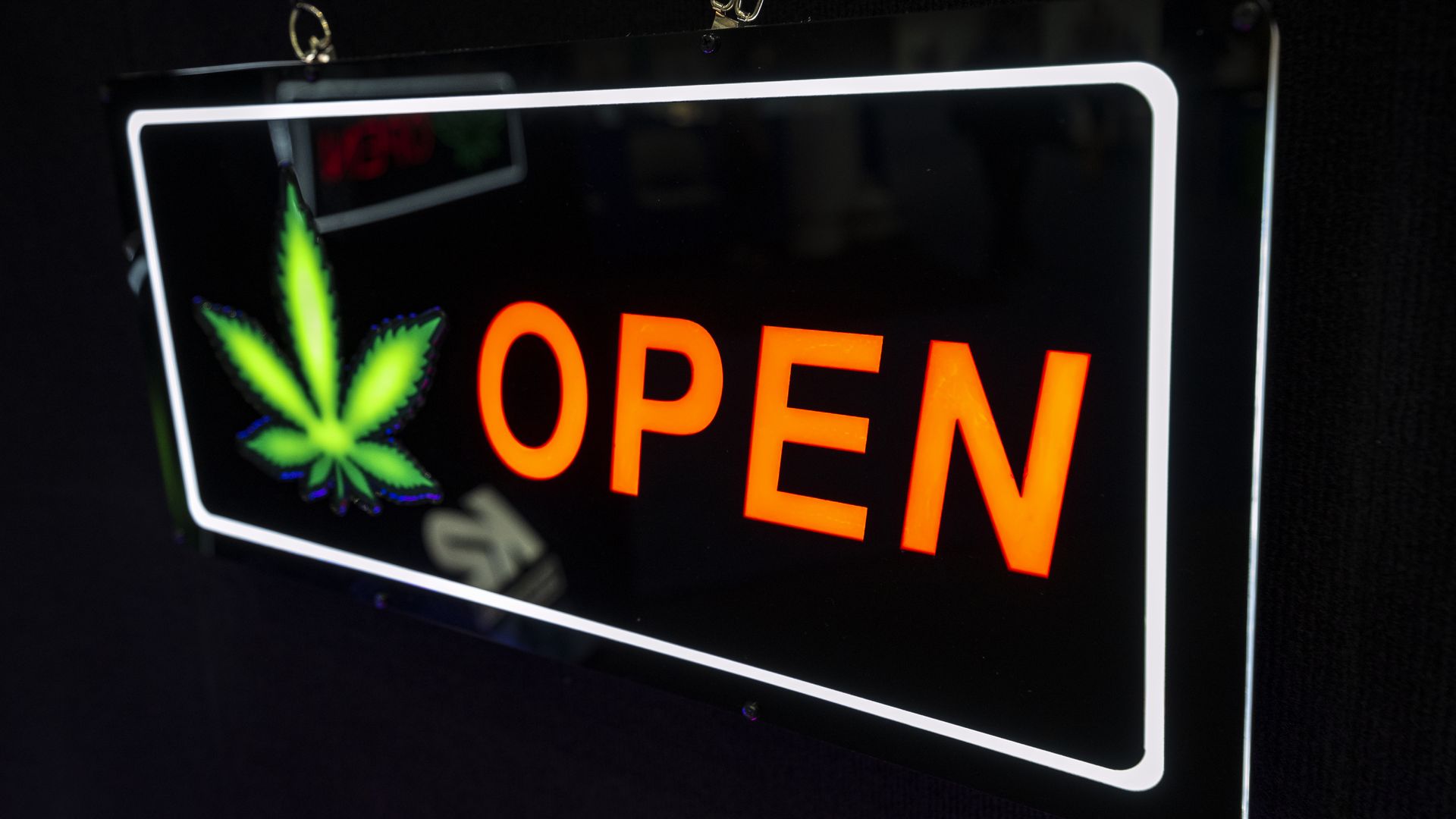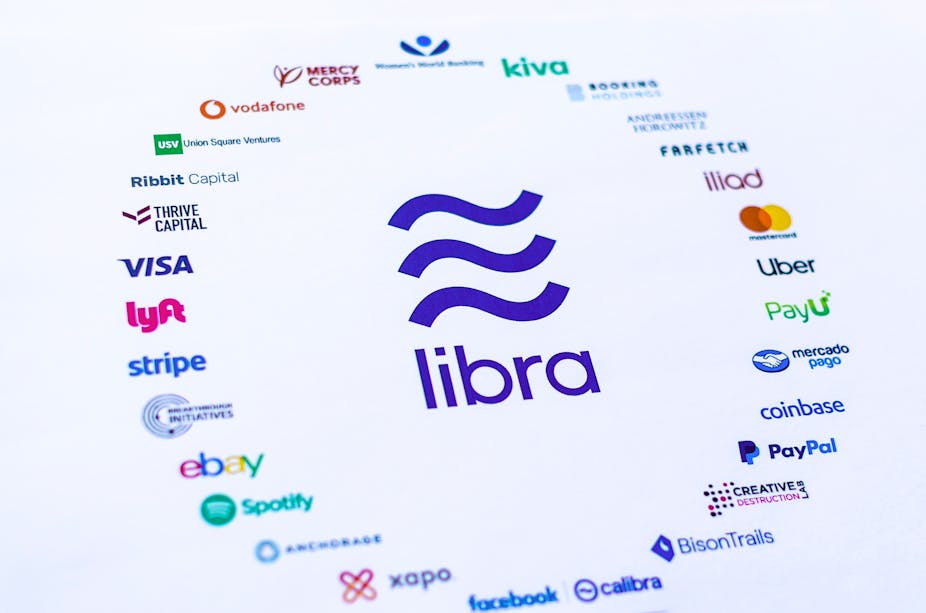By: Bhavik Shukla*

Blockchain technology is a significant development on the technological canvas of the world. Be it commerce, entertainment, logistics or even functioning of the government, this technology finds its footing in all avenues. Blockchain technology refers to a distributed ledger over which transactions are validated, executed and recorded. The feature which makes this technology attractive is that it is tamper-proof, permanent and functions without the involvement of an intermediary. It certainly appears that this technology is here to stay and develop. However, this development appears to be stifled in India due to the recent governmental moves which aim at banning some applications of blockchain. Through this piece, the author shall discuss the recent Indian developments restricting the application of blockchain technology in India, and the problems that accompany such a restrictive approach.
Blockchain Technology and the Indian Legal Fabric
India has been highly receptive in experimenting and accepting the applications of the blockchain technology since its introduction. Though this move was initially spearheaded by businesses in India; over the course of time formal institutions such as banks[i] and few state governments[ii] have deployed blockchain-based applications. However, cryptocurrencies which work on the blockchain platform have not found the desired acceptance in India. An inter-ministerial committee headed by Subash Chandra Garg recently expressed its intention to ban private cryptocurrencies.[iii] Simply put, cryptocurrencies refer to digital currency which comprise a code and hold monetary value. The Reserve Bank of India (“RBI”), India’s central bank, has also expressed its reservations on permitting transactions in cryptocurrencies in the past. The notification dated April 6, 2018[iv] is an excellent specimen of this as it indirectly imposed a ban on cryptocurrencies by prohibiting entities regulated by it from facilitating transactions in such digital currencies. This translates into a situation wherein a Bank ‘A’, regulated by the RBI shall no longer, after the publication of notification, clear payments for the purchase of cryptocurrencies or otherwise. This ban has been challenged before the Supreme Court of India by the Internet and Mobile Association of India, and the matter is sub judice before the Court.[v] Additionally, the Enabling Framework for Regulatory Sandbox, 2019 published by the RBI also included cryptocurrencies in the negative list of the sandbox, thereby prohibiting its application in the testing of FinTech services.[vi]
Due to the aforementioned measures of the RBI, entities have resorted to a half-hearted use of the blockchain technology in India. Most Indian entities use blockchain for its rudimentary function of recording data and are unable to harness its benefits through platforms powered by cryptocurrencies. This has hindered the development of a mature blockchain technology-driven landscape in India.
Potential pitfalls of the Indian approach on the blockchain technology
However, this piecemeal application of the technology is detrimental towards realization of a developed blockchain economy which India desires[vii], the reasons for which are as follows:
- Inefficient blockchain technology without cryptocurrencies
Regardless of the insular Indian position on the adoption of blockchain, it offers staggering independent uses like verifying the source of goods in supply chain, collecting viewership preferences on video applications, maintaining the ownership and royalty details for music artists etc. If viewed through a wide lens, all independent uses of blockchain technology fundamentally concern recording of data in a permanent and immutable form. For example, the move of the regional Indian state of Andhra Pradesh aimed at managing land deeds through blockchain merely concerns the record-keeping function of the technology. Similarly, the supply-chain details to determine the source of seafood and their subsequent transfer also encompasses the basic function of recording and further transmitting data. This implies that the primary function of blockchain if not used in collaboration with cryptocurrencies is limited merely to recording data and further transmitting it in whichever way appeals to the public.
An instinctive question which then arises is – whether such application of the blockchain technology is practically feasible? The answer to this is both “yes” and “no”. The former answer can be obtained in case where the government or an organization creates a private blockchain, meaning thereby that the information in such a network can be monitored as well as altered by that entity. The idea of a private blockchain contradicts the primary reason for the introduction of this technology, precisely for promotion of transparency and decentralization.[viii] Additionally, individuals or a group of individuals discharging their roles as administrators can unilaterally alter information on private blockchains[ix], thereby adversely affecting immutability.
On the other hand, the scales will tip against this aspect where a public blockchain is adopted, which works on the fundamental principles of transparency and trust. Characteristically, a public blockchain involves addition of “blocks” to the “chain” through solving a cryptographic puzzle. Addition of blocks to a public blockchain warrants more legitimacy and acceptability to it. Accordingly, once a solution is found, the miner is awarded cryptocurrencies as incentive for adding legitimacy to the blockchain.[x] Such handling of cryptocurrencies is anonymous in nature, where the miner does not reveal his personal details or account number. Therefore, it cannot be substituted by distribution of legal tender. Without cryptocurrencies or any form of reward, the miners would not have an incentive to maintain or add to a public blockchain.
Without the use of cryptocurrency, the blockchain technology will be crippled and restricted to merely private blockchains. The problems inherent in private blockchain render it an autocratic medium, very similar to the traditional means of recording data in India.
- Smart contracts and its obliteration
In addition to being used for numerous purposes, cryptocurrency forms the basis for its closest aide, smart contracts. A smart contract comprises a code which executes itself once certain pre-determined conditions are fulfilled. For example, when a particular condition/s is satisfied, the requisite amount of cryptocurrency is transferred to the other party automatically. This method of execution necessarily strikes out a third party of any sort, thereby leading to a direct transaction routed merely through the platform running on the blockchain technology. The obvious advantages of this contract include transparency, security, efficiency and savings. Numerous platforms offering smart contract services have gained traction in the recent past.[xi] China[xii] as well as the U.S. State of Delaware[xiii] have opened up to the introduction of smart contracts in discharging governmental functions.
Attraction towards smart contracts is attributable to its automation and efficiency-oriented features. Cryptocurrencies lie at the heart of powering these features by acting as a method of payment. An isolation of cryptocurrencies from such a setting would deprive the contract from being automatically executed. This is a consequence which smart contracts shall face in India, if implemented. Without cryptocurrencies, authorization would be required for transfer of funds in a contract, thereby doing away with the “smart” aspect of the contract. Therefore, it is impossible for smart contracts to exist without cryptocurrencies, thereby depriving India of its valuable benefits.
Introduction of an Indian digital currency
Recently, the Subash Chandra Garg Committee recommended the introduction of an official digital currency with the status of a legal tender.[xiv] The Report of the Committee undertakes a specific inquiry into such currency being based on the blockchain technology.[xv] Though the move exudes confidence in the technology, it may end up being an inefficient and non-transparent application of the technology. Disadvantages of private cryptocurrencies have come to fore with the recent launch of Libra, Facebook’s private cryptocurrency.
A private cryptocurrency even if officially launched by India would not make its ‘claim to fame’ in the blockchain technology sector. First, the use of a private cryptocurrency launched by the government may be through acquiring it in a special wallet in exchange for legal tender. This means that a person may have to unnecessarily get involved in an additional procedure in order to transact with such currency. Second, the author acknowledges that though public cryptocurrencies are also acquired against legal tender, but they have discernibly substantial advantages. A private cryptocurrency shall essentially be regulated by the RBI making it very much like a digital Rupee. This will mean that such a centrally controlled currency shall not be trustless, decentralized or immutable like most public cryptocurrency. A centralized system lacking trust signifies that the government shall have complete authority to determine the liquidity, value and other conditions attached to the cryptocurrency. In such a case, the government can majorly alter its state and nature in order to help its financial agenda. Third, data concerns are at the head of introduction of a government-regulated cryptocurrency. In usual public systems, such currencies are dealt with anonymously, but a government issuing crypto tokens will be able to keep a track of its expenditure. This infringes the data privacy of the users by exposing their expenditure trends, average spending etc.
Conclusion
The stance of the Indian government on the entire cryptocurrency issue looks non-negotiable. In another recent report published under the guidance of Subash Chandra Garg[xvi], this unassailable stance was implicitly visible. It appears that the Indian government is still oblivious to the handicapped growth that the blockchain technology will undergo due to the imposition of a blanket ban on cryptocurrency. This piece merely coaxes the government to take this into account and reconsider its stance.
image source: https://www.asiablockchainreview.com/indian-finance-minister-confirms-no-law-banning-crypto-in-india/
[i] See Toshendra Kumar Sharma, Which Indian Bank uses Blockchain Technology?, Blockchain Council (May 7, 2018), https://www.blockchain-council.org/blockchain/which-indian-bank-uses-blockchain-technology/.
[ii] See Dhiman Bhattacharyya, Blockchain Technology Adoption in India: Prospects and Challenges, MyIndia (Mar. 31, 2019), https://www.mapsofindia.com/my-india/technology/blockchain-technology-adoption-in-india-prospects-and-challenges#; See also KV Kurmanath, In AP capital, blockchain technology secures land records, Hindu BusinessLine (Jan. 8, 2018), https://www.thehindubusinessline.com/info-tech/in-ap-capital-blockchain-technology-secures-land-records/article10020465.ece.
[iii] See ET Bureau, Inter-ministerial group suggests banning of private cryptocurrencies in India, The Economic Times (Jul. 23, 2019), https://economictimes.indiatimes.com/news/economy/policy/indian-panel-recommends-ban-on-cryptocurrency/articleshow/70331293.cms?from=mdr.
[iv] See Prohibition on dealing in Virtual Currencies, Reserve Bank of India (Apr. 6, 2018), https://www.rbi.org.in/Scripts/NotificationUser.aspx?Id=11243.
[v] See Aashish Aryan, RBI banned cryptocurrency deals on moral grounds: IAMAI to Supreme Court, Business Standard (Aug. 8, 2019), https://www.business-standard.com/article/economy-policy/rbi-banned-cryptocurrency-deals-on-moral-grounds-iamai-to-supreme-court-119080801517_1.html.
[vi] See Exclusion from Sandbox Testing, Enabling Framework for Regulatory Sandbox, Reserve Bank of India (Aug. 13, 2019), https://www.rbi.org.in/Scripts/PublicationReportDetails.aspx?UrlPage=&ID=938.
[vii] See Nupur Anand, Here’s what could happen if India bans cryptocurrencies, Quartz India (Nov. 1, 2018), https://qz.com/india/1446880/what-could-happen-if-india-bans-bitcoin-and-cryptocurrencies/.
[viii] See Shannon Appelcline, A Philosophy of Blockchain: What would Satoshi Nakamoto think of Proof of Stake?, Medium (Aug. 1, 2019), https://medium.com/clean-titles/a-philosophy-of-blockchain-what-would-satoshi-nakamoto-think-of-proof-of-stake-f9aac8e4d005.
[ix] See Koshik Raj, Foundations of Blockchain: The pathway to Cyrptocurrencies and Decentralized Blockchain Applications 16 (2019).
[x] See Andre Boaventura, Demystifying Blockchain and Consensus Mechanisms – Everything you Wanted to Know but were Never Told, Medium (Apr. 12, 2018), https://medium.com/oracledevs/demystifying-blockchain-and-consensus-mechanisms-everything-you-wanted-to-know-but-were-never-aabe62145128.
[xi] See John Gilleran, ‘Smart contracts’ on cusp of mainstream adoption, New England In-House (Jul. 17, 2019), https://newenglandinhouse.com/2019/07/17/smart-contracts-on-cusp-of-mainstream-adoption/.
[xii] See Toshendra Kumar Sharma, Top 10 Friendly Countries for Blockchain Startups, Blockchain Council (Apr. 15, 2019), https://www.blockchain-council.org/blockchain/top-10-friendly-countries-for-blockchain-startups/.
[xiii] See Julia Magas, Smart Cities and Blockchain: Four Countries Where AI and DLT Exist Hand-in-Hand, Coin Telegraph (Jun. 17, 2018), https://cointelegraph.com/news/smart-cities-and-blockchain-four-countries-where-ai-and-dlt-exist-hand-in-hand.
[xiv] See Rahul Oberoi, India mulling an official crypto-currency? Looks like govt vering towards the idea, Economic Times (Jul. 23, 2019), https://economictimes.indiatimes.com/markets/stocks/news/india-mulling-an-official-crypto-currency-looks-like-govt-veering-towards-the-idea/articleshow/70343343.cms.
[xv] See Report of the Committee to Propose Specific Actions to be taken in relation to Virtual Currencies, Department of Economic Affairs (Feb. 28, 2019), https://dea.gov.in/sites/default/files/Approved%20and%20Signed%20Report%20and%20Bill%20of%20IMC%20on%20VCs%2028%20Feb%202019.pdf, at pp. 37-45.
[xvi] See Report of the Steering Committee on Fintech Related Issues, Department of Economic Affairs, https://dea.gov.in/sites/default/files/Report%20of%20the%20Steering%20Committee%20on%20Fintech.pdf.
*Bhavik Shukla is a guest contributor from the National Law University, Bhopal.








